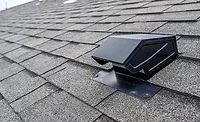Caught on Camera: 5 Attic Ventilation Mistakes
Mistakes in installing attic ventilation and how to fix them

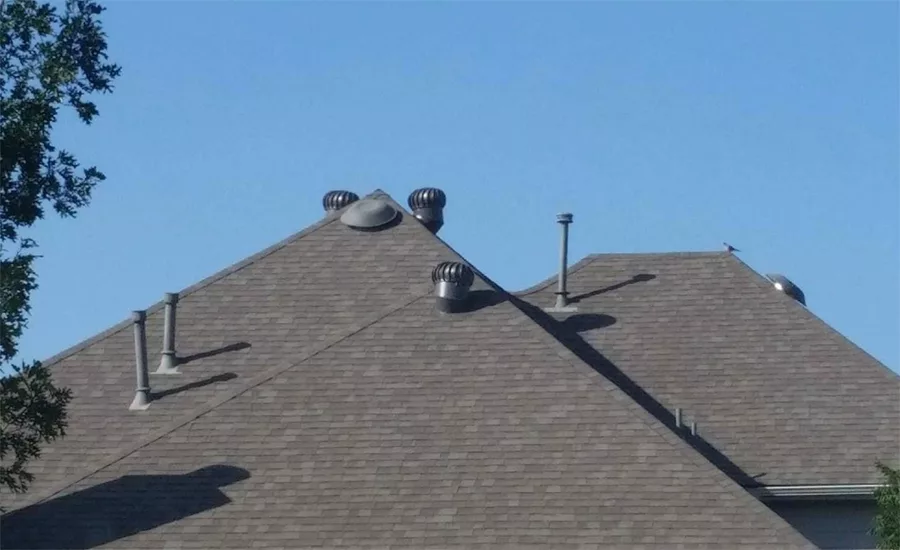
Wind turbines mixed with roof-mount power fans. Photos courtesy of Jake Jacobson, SF5 Construction LLC, Little Elm, Texas
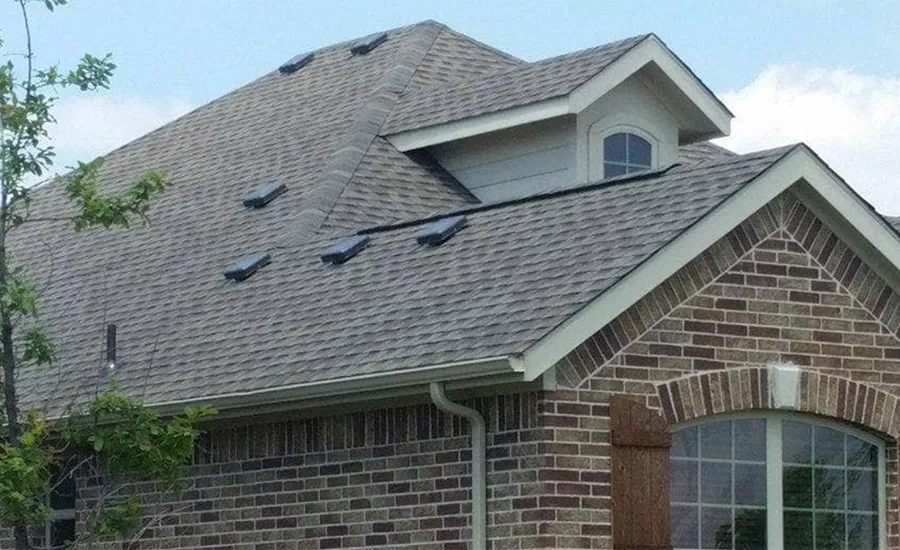
Ridge vents mixed with roof louvers. Photos courtesy of Jake Jacobson, SF5 Construction LLC, Little Elm, Texas
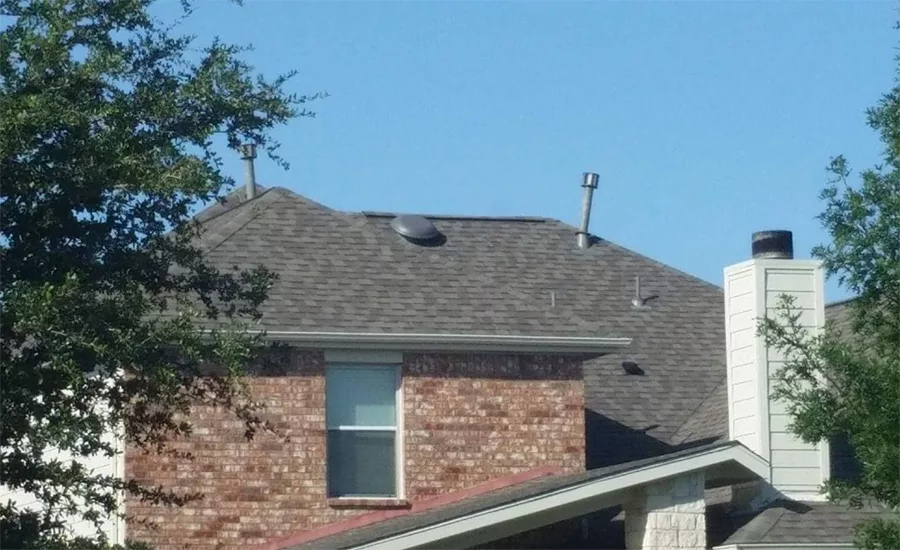
Roof-mount power fans mixed with ridge vents. Photos courtesy of Jake Jacobson, SF5 Construction LLC, Little Elm, Texas
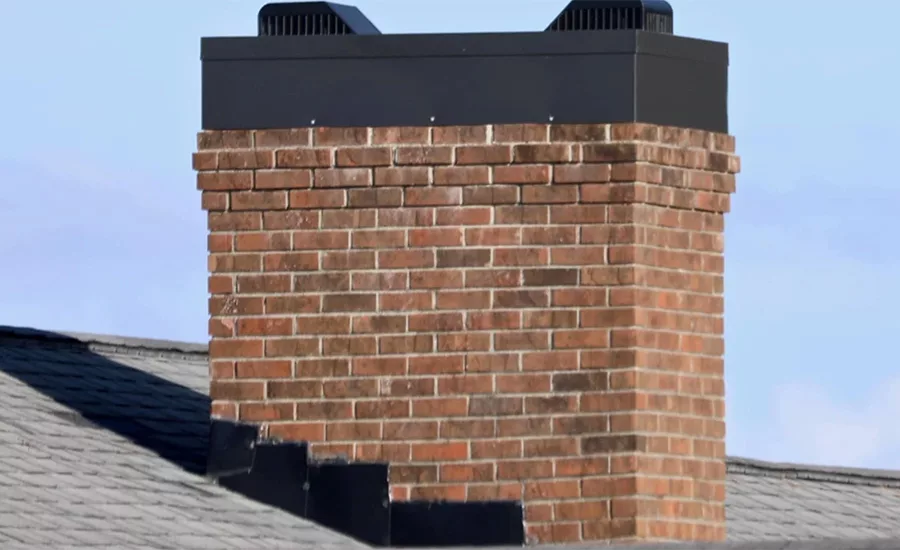
Two slant-back roof louvers/box vents designed for attic exhaust ventilation are atop a chimney. Photo courtesy of Trevor Atwell, Atwell Exterior Services LLC, Greenville, N.C.
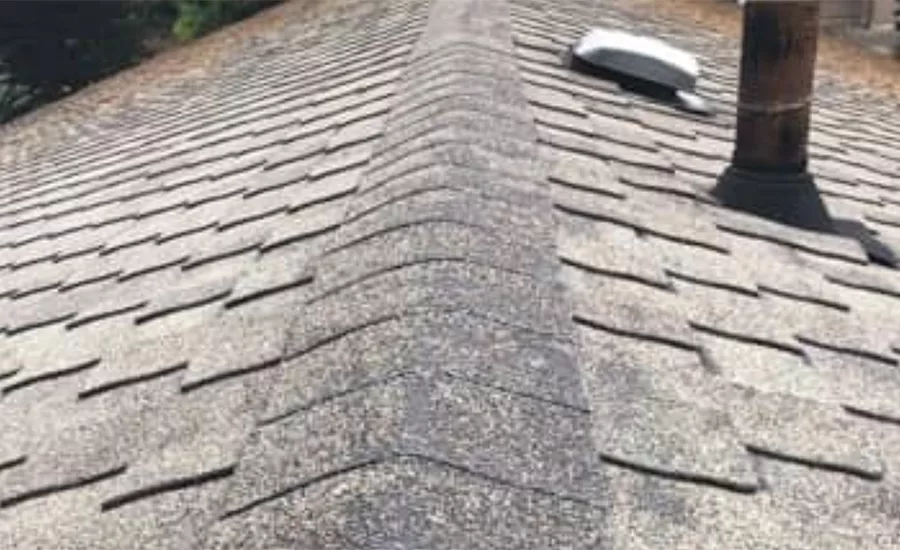
Insufficient attic ventilation contributed to the 50-year shingle showing significant signs of deterioration after 22 years. Photos courtesy of Jerry Becker, Roof Life of Oregon, Tigard, Ore.
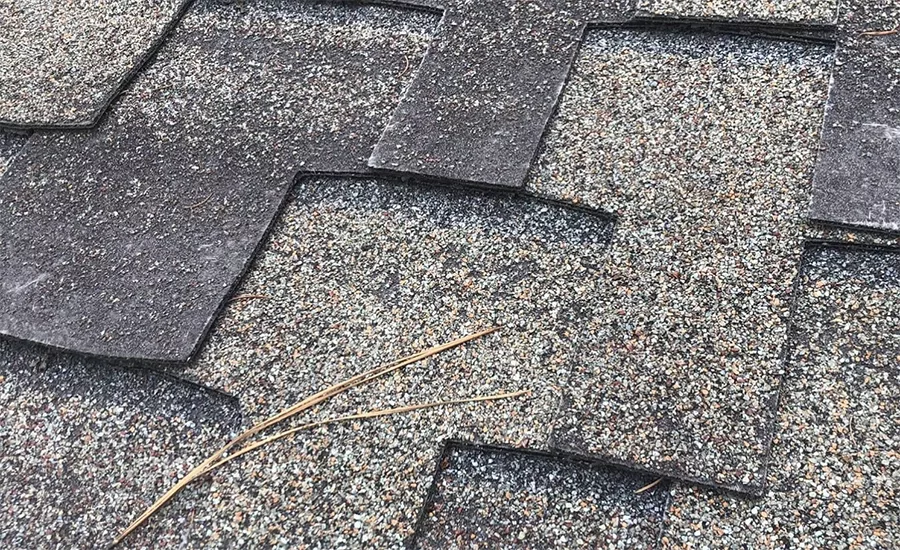
Insufficient attic ventilation contributed to the 50-year shingle showing significant signs of deterioration after 22 years. Photos courtesy of Jerry Becker, Roof Life of Oregon, Tigard, Ore.
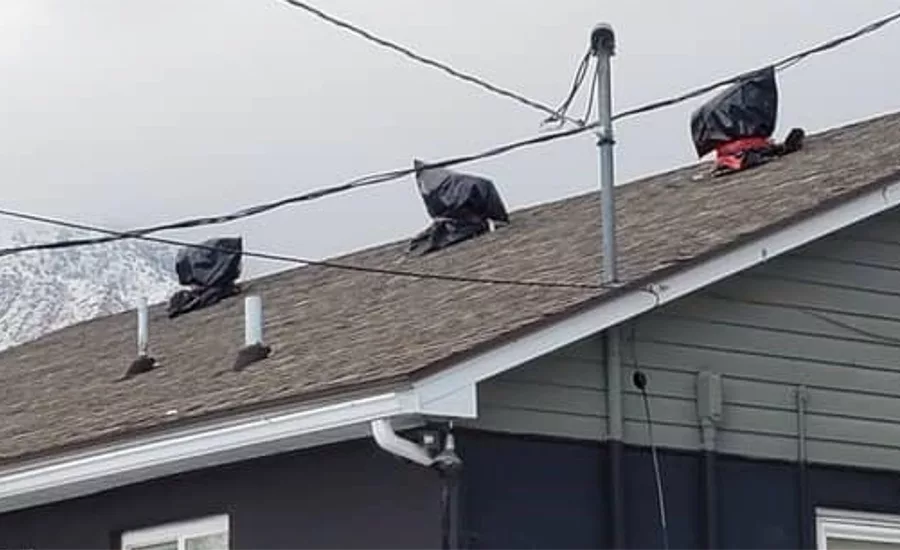
Three wind turbines – which are attic exhaust vents – are covered by bags in the winter. Photo courtesy of Chris Casey, Casey Roofing Inc., Ogden, Utah
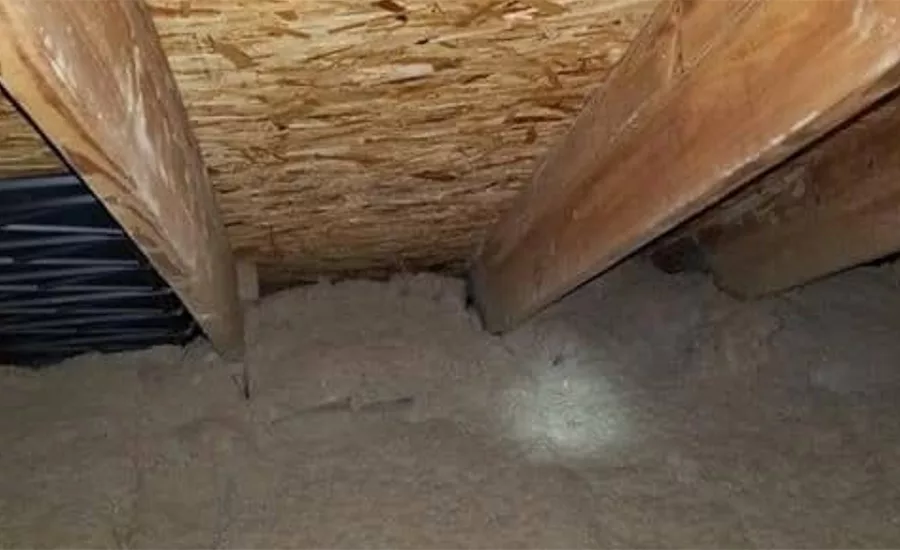
Attic insulation blocking the intake vents. Photos courtesy of Terry Burke, Northwest Construction, Dearborn, Mich.
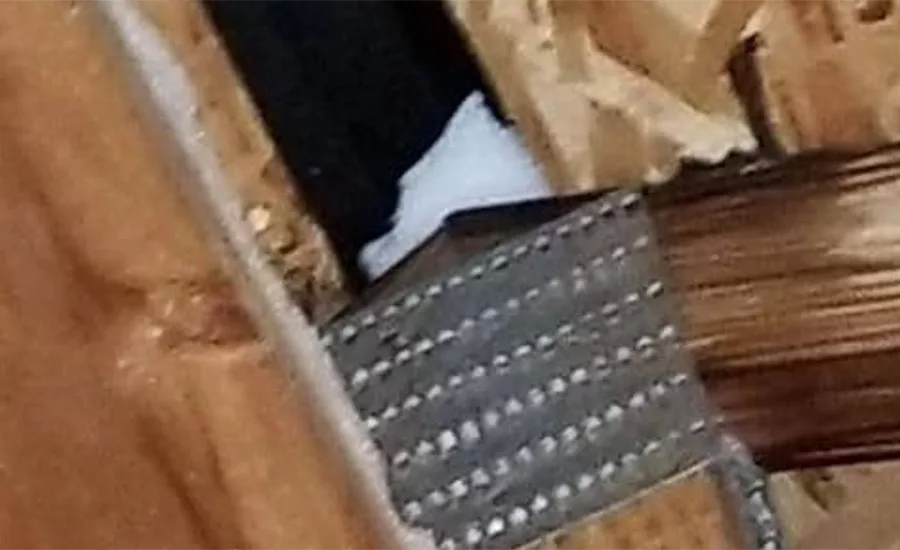
Ridge vent slot cut too wide. Photos courtesy of Terry Burke, Northwest Construction, Dearborn, Mich.

Snow inside the attic directly under the ridge vent. Photos courtesy of Terry Burke, Northwest Construction, Dearborn, Mich.
A popular segment in our annual in-person educational seminars, Attic Ventilation: Ask the Expert™, is the sharing of first-hand experiences from roofing professionals across North America. "Seeing is believing," the saying goes. Here is a sampling of the attic ventilation mistakes contractors are seeing and how to fix them. (Note: Some photos show multiple mistakes but were chosen to highlight one.)
Mistake 1: Mixing Two or More Types of Attic Ventilation
Why it’s a mistake and how to fix it.
There are five categories or types of attic exhaust vents: ridge vents, power fans (either gable-mount or roof-mount), wind turbines, roof louvers (sometimes called box vents or static vents), and gable louvers (installed high on the gable-end of the house).
Mixing any two of those five on the same roof above a common (shared) attic could short-circuit the airflow. That means one of the types of exhaust vents could become an intake vent because air always follows the path of least resistance. This creates inefficient attic airflow with significant portions of the attic not being vented. Furthermore, exhaust vents are not designed to be intake vents. If they are suddenly ingesting air, they could also ingest whatever is being carried with that air.
The fix:
Never mix two or more different types of attic exhaust vents.
Mistake 2: Using an Attic Exhaust Vent Incorrectly
Why it’s a mistake and how to fix it.
Roof louvers are designed to be installed on the roof a few feet below the peak to exhaust built-up heat and moisture from the attic. They are not designed to be installed on chimneys no matter how creative it may appear.
The fix:
Follow the attic ventilation manufacturer's written installation instructions —including vent placement — for proper performance, weather protection and safety.
Mistake 3: Insufficient Attic Ventilation Causes Premature Shingle Deterioration
Why it’s a mistake and how to fix it.
The amount of attic ventilation needed is based on the attic’s square footage (length x width floor of the attic).
The total amount should be split between exhaust ventilation (through vents placed at or near the roof peak) and intake ventilation (through vents placed in the soffit/overhang or low on the roof’s edge). This roof had too few exhaust vents and intake ventilation. The resulting heat and moisture buildup helped to cut the shingle’s life in half.
The fix:
Determine the amount of attic ventilation based on the attic’s square footage splitting the airflow evenly between exhaust vents and intake vents. If you cannot determine the attic’s square footage, a suitable Plan B measurement would be the footprint of the roof.
Mistake 4: Bags Covering the Wind Turbines in the Winter
Why it’s a mistake and how to fix it.
Attic ventilation is supposed to work year-round so it can help to fight built-up heat and moisture in the attic.
Often overlooked by homeowners is the 2 to 4 gallons of water vapor occupants of the house generate through cooking, cleaning, bathing, breathing, etc. In the winter, some of that warm, moist air from the living space escapes into the colder attic where it can condense and become problematic if it’s not vented out quickly. A bagged wind turbine is not venting.
The fix:
Never bag attic exhaust vents.
Mistake 5: Incorrect Installation Leads to Weather Ingestion
Why it’s a mistake and how to fix it.
Attic exhaust vents need a balanced amount of intake ventilation to work. In fact, exhaust without intake is not only useless, it’s problematic.
Here the intake airflow is blocked by the attic insulation. Compounding matters, the ridge vent slot has been cut too wide. The wider the slot is cut beyond the manufacturer's written installation instructions, the greater the risk of weather infiltration because the vent will be challenged to properly protect the opening from Mother Nature. The extra-wide slot is too close to the openings in the vent. These two mistakes contributed to the entry of snow into the attic.
The fix:
Follow the manufacturer's written installation instructions for the hole size and correct amount of exhaust and intake needed.
Looking for a reprint of this article?
From high-res PDFs to custom plaques, order your copy today!



.webp?height=200&t=1634866502&width=200)
